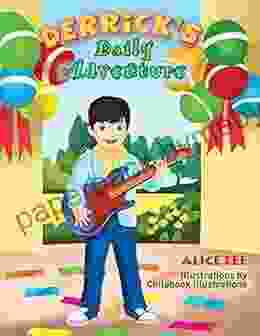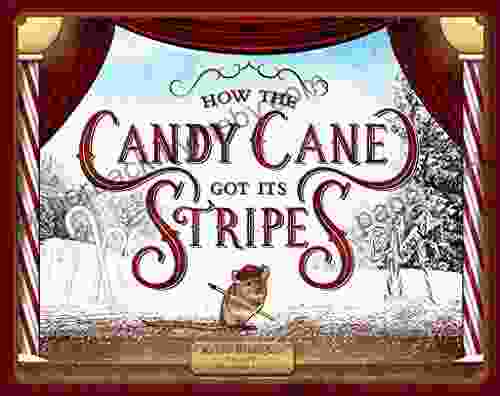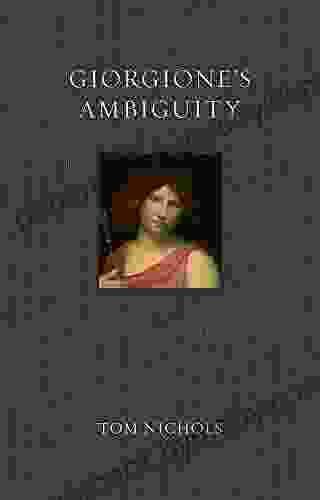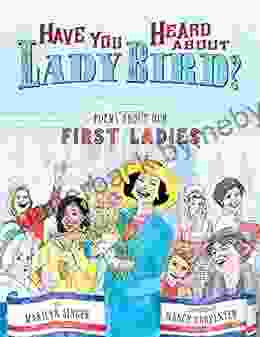Unveil the Sweet Origins of the Candy Cane: A Literary Expedition into Its Striped Legacy

In the realm of holiday treats, the candy cane stands tall, its unmistakable shape and captivating stripes painting a vibrant picture of Christmas cheer. But have you ever pondered the curious tale behind these festive confectioneries? Join us on a literary journey to uncover the fascinating history of the candy cane, exploring its whimsical origins, cultural evolution, and the enduring magic it weaves during the holiday season.
The Birth of a Sweet Tradition
While the exact genesis of the candy cane remains shrouded in sugary mist, one captivating legend traces its roots to the 17th century in Cologne, Germany. According to lore, the choirmaster of Cologne Cathedral, seeking to make the long Christmas Eve service more engaging for young attendees, bent sugar sticks into shepherd's crooks to represent the shepherds who visited the newborn Jesus. Over time, these sugar sticks evolved into the iconic candy canes we know today.
4.8 out of 5
| Language | : | English |
| File size | : | 55725 KB |
| Screen Reader | : | Supported |
| Print length | : | 46 pages |
| Lending | : | Enabled |
The Sweet Ascent: A Symbol of Faith
The candy cane's unique shape has often been imbued with religious significance. Many believe that its curved hook represents the shepherd's crook, while the straight end symbolizes the staff of Jesus. The red stripes are said to represent the blood of Christ, while the white stripes signify purity. However, it's important to note that these interpretations are largely symbolic and not universally accepted.
From Holiday Treat to Cultural Icon
Over the centuries, the candy cane transcended its humble origins and became a beloved Christmas symbol. Its brightly colored stripes and festive shape made it a mainstay in stockings, on Christmas trees, and in the hands of carolers. In the United States, the candy cane gained widespread popularity in the 19th century, thanks in part to the efforts of confectioner Bob McCormack. McCormack, who owned a candy shop in Ohio, invented a machine that could efficiently produce candy canes.
Stripes of Mystery: The Secrets of Candy Cane Colors
The candy cane's vibrant stripes have become synonymous with the holiday season, but have you ever wondered how these colors are achieved? The secret lies in a careful blend of flavors and food coloring. Most candy canes feature two classic flavors: peppermint and wintergreen. The red stripes are created using red food dye, while the white stripes are left uncolored, showcasing the natural whiteness of the sugar. Some variations may incorporate other flavors, such as cherry or cinnamon, adding a twist to the traditional taste.
Unveiling the Sweet Science: The Chemistry of Candy Canes
Candy canes are not just sweet treats; they are also fascinating examples of chemistry in action. The sugar crystals that make up the candy canes are arranged in a specific way that gives them their signature crunchy texture. The addition of peppermint or wintergreen flavoring creates a cooling sensation in the mouth, adding to the candy cane's refreshing appeal.
The Candy Cane in Literature and Popular Culture
The candy cane's enduring charm has not gone unnoticed by authors and artists. In literature, the candy cane has been immortalized in works such as "The Candy Cane Man" by Ogden Nash and "The Polar Express" by Chris Van Allsburg. In popular culture, candy canes have been featured in movies, television shows, and music, further solidifying their place in our collective holiday memories.
Preserving the Magic: Candy Cane Traditions and Folklore
Candy canes have become deeply entwined with holiday traditions around the world. In some cultures, it is customary to hang candy canes on Christmas trees to represent good luck and prosperity. Others believe that candy canes bring sweet dreams when placed under a pillow on Christmas Eve. Regardless of the tradition, candy canes continue to evoke a sense of wonder and nostalgia during the holiday season.
The Legacy of the Candy Cane
Today, the candy cane stands as a testament to the enduring power of tradition and the magic that can be found in the simplest of treats. Its striped sweetness and timeless shape have captured the hearts of generations, making it an indispensable part of the holiday experience. As we bite into a candy cane, we not only enjoy its sweet taste but also connect with the rich history and cultural significance that make this confectionery so much more than just a sugary delight.
Call to Action
Dive into the enchanting world of the candy cane with our captivating book, "How The Candy Cane Got Its Stripes." This literary journey will unravel the sweet secrets of this beloved holiday treat, exploring its historical roots, cultural significance, and the enduring magic it weaves. Discover the fascinating tale behind the candy cane's iconic shape and stripes, and uncover the traditions and folklore that have made it an indispensable part of the Christmas season. Let "How The Candy Cane Got Its Stripes" transport you to a world of sugar-coated wonder and inspire a newfound appreciation for this timeless confectionery.
4.8 out of 5
| Language | : | English |
| File size | : | 55725 KB |
| Screen Reader | : | Supported |
| Print length | : | 46 pages |
| Lending | : | Enabled |
Do you want to contribute by writing guest posts on this blog?
Please contact us and send us a resume of previous articles that you have written.
 Book
Book Novel
Novel Page
Page Chapter
Chapter Text
Text Story
Story Genre
Genre Reader
Reader Library
Library Paperback
Paperback E-book
E-book Magazine
Magazine Newspaper
Newspaper Paragraph
Paragraph Sentence
Sentence Bookmark
Bookmark Shelf
Shelf Glossary
Glossary Bibliography
Bibliography Foreword
Foreword Preface
Preface Synopsis
Synopsis Annotation
Annotation Footnote
Footnote Manuscript
Manuscript Scroll
Scroll Codex
Codex Tome
Tome Bestseller
Bestseller Classics
Classics Library card
Library card Narrative
Narrative Biography
Biography Autobiography
Autobiography Memoir
Memoir Reference
Reference Encyclopedia
Encyclopedia Kevin J Cheek
Kevin J Cheek Luciano Floridi
Luciano Floridi Seymour Reit
Seymour Reit Ken Keffer
Ken Keffer Kerry Andy Ph D
Kerry Andy Ph D L S Summer
L S Summer Pero Tafur
Pero Tafur W R Tymms
W R Tymms Martika Daniels
Martika Daniels Phil Wall
Phil Wall Robin Yardi
Robin Yardi Terrance Zepke
Terrance Zepke Susan Higginbotham
Susan Higginbotham Lesli Richards
Lesli Richards Vickie Claiborne
Vickie Claiborne Kim Richardson
Kim Richardson Ralph Kern
Ralph Kern Theron Hopkins
Theron Hopkins Oh Great
Oh Great Tony Horton
Tony Horton
Light bulbAdvertise smarter! Our strategic ad space ensures maximum exposure. Reserve your spot today!

 Elliott CarterEmbark on an Unforgettable Adventure with Derrick Daily: A Journey into the...
Elliott CarterEmbark on an Unforgettable Adventure with Derrick Daily: A Journey into the... Jerome BlairFollow ·10.1k
Jerome BlairFollow ·10.1k Brandon CoxFollow ·10.5k
Brandon CoxFollow ·10.5k Milan KunderaFollow ·11.8k
Milan KunderaFollow ·11.8k Banana YoshimotoFollow ·11.1k
Banana YoshimotoFollow ·11.1k Martin CoxFollow ·4.4k
Martin CoxFollow ·4.4k Aubrey BlairFollow ·2.2k
Aubrey BlairFollow ·2.2k Greg CoxFollow ·18.2k
Greg CoxFollow ·18.2k Walt WhitmanFollow ·19.8k
Walt WhitmanFollow ·19.8k

 Isaac Asimov
Isaac AsimovEmbark on an Epic Adventure: The Colorado Trail 9th...
Unveiling the Treasures of the Colorado...

 Clinton Reed
Clinton ReedUltimate Football Heroes: Uncover the Gridiron Greatness...
Enter the World...

 Ibrahim Blair
Ibrahim BlairUnveiling the Secrets of Stolen Focus: A Journey to...
In today's relentless digital...

 Colt Simmons
Colt SimmonsRediscover the Founding Father's Vision: Thomas Jefferson...
Immerse Yourself in the Unedited Words of...

 Juan Butler
Juan ButlerExcel in Language Learning: The Ultimate Self-Study...
Unlock Your Language Potential with Our...
4.8 out of 5
| Language | : | English |
| File size | : | 55725 KB |
| Screen Reader | : | Supported |
| Print length | : | 46 pages |
| Lending | : | Enabled |












